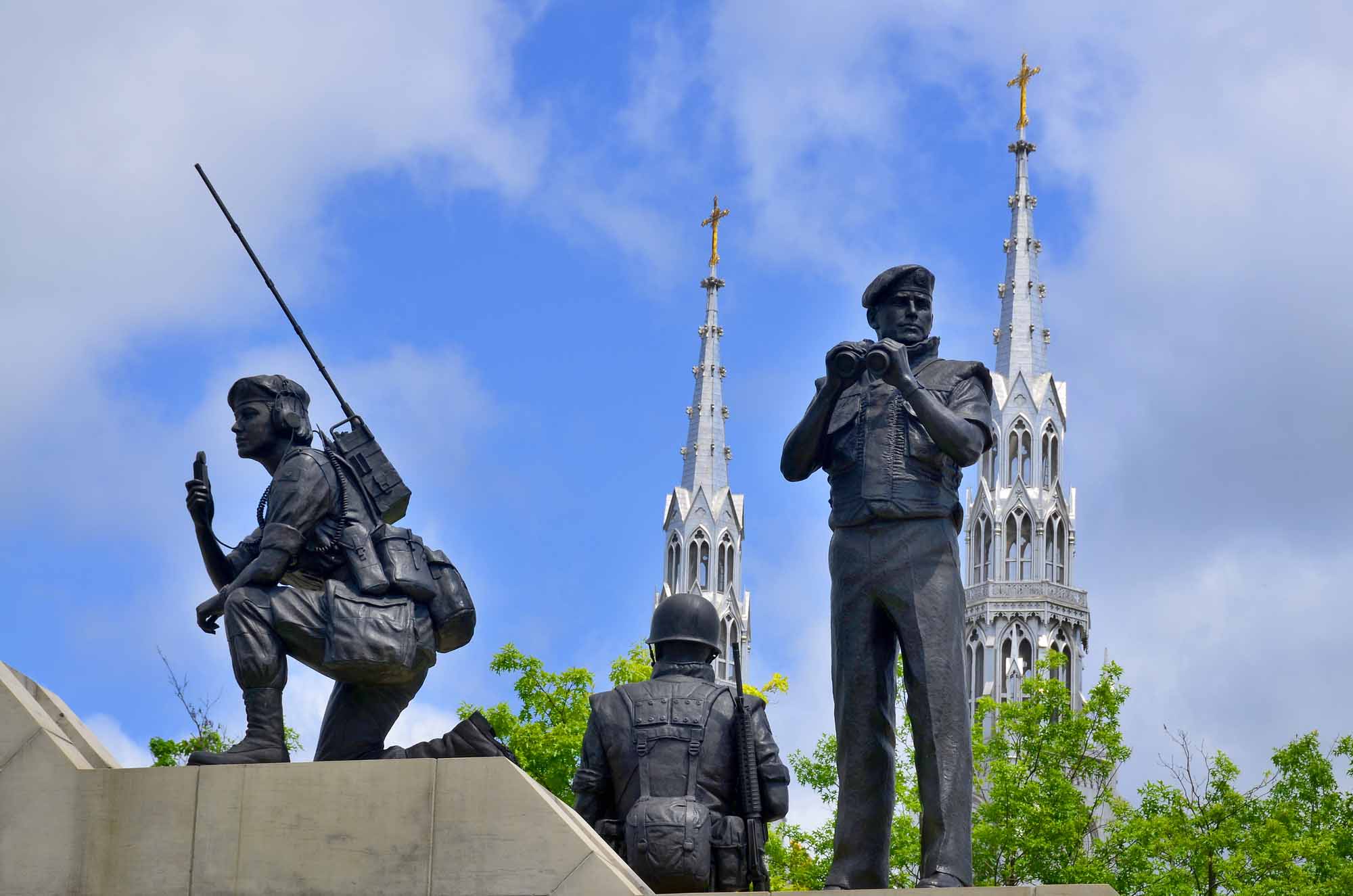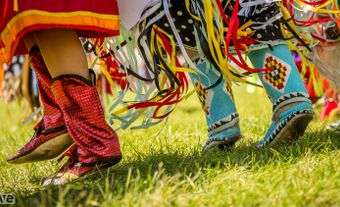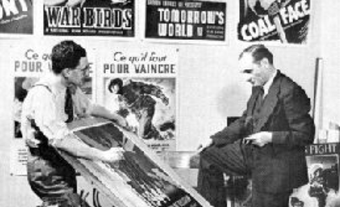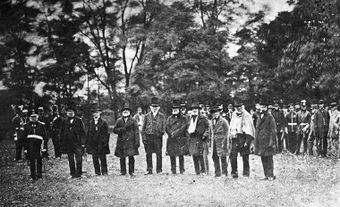How do you get from the Suez Crisis to Wayne Gretzky?
In this round of six degrees of Canadian history, we start with the world’s first great peacekeeping force and arrive at “The Great One.” The Suez Crisis was a military and political confrontation in Egypt that might have divided the United States and Great Britain were it not for some pretty impressive Canadian stickhandling — perhaps even more impressive than Gretzky’s.
The following article is from our Six Degrees of Canadian History series. Past series are not updated.
Suez Crisis

The United Nations became involved in the Suez Crisis when Britain and France co-operated with Israel in an assault on the Canal Zone in Egypt in 1956. Canadian Secretary of State for External Affairs Lester B. Pearson, working with UN Secretary-General Dag Hammarskjöld, formed the idea of a peacekeeping force to stabilize the situation and to permit the withdrawal of the attackers. The United Nations Emergency Force (UNEF) came into being quickly, with Canada's General E.L.M. Burns named UNEF commander. The first 20 Canadian peacekeeping troops arrived in Egypt on 24 November 1956. For his initiative, Pearson was awarded the 1957 Nobel Peace Prize.
Another hallmark of the United Nations, beyond UNICEF and the blue berets, is the United Nations Educational, Scientific and Cultural Organization (UNESCO) and its World Heritage sites.
Rideau Canal

Designated a UNESCO World Heritage site in 2007, the Rideau Canal is a 202 km waterway linking Ottawa and Lake Ontario. Construction began in 1826 according to the design, and under the direction, of Lieutenant-Colonel John By. The construction caused great hardship to its Irish labourers, many of whom died of malaria. Completed in 1832, the canal ranks among North America’s early feats of civil-engineering. Lieutenant-Colonel By started a small settlement at the junction of the Ottawa and Rideau rivers, first named Bytown in his honour but renamed Ottawa in 1855.
Conceived as an alternate military route between Montréal and Kingston, the Rideau Canal was first proposed as the War of 1812 ended.
War of 1812

The War of 1812 (which lasted from 1812 to 1814) was a military conflict between the United States and Great Britain. The war was fought in Upper and Lower Canada, on the Great Lakes and the Atlantic, and in the United States. In Canada, the war contributed to a growing sense of national identity, including the idea that civilian soldiers were largely responsible for repelling the American invaders. In contrast, Aboriginal allies of the British and Canadian cause suffered much because of the war; not only did they lose many warriors (including the great Tecumseh), they also lost any hope of halting American expansion in the West, and their contributions were quickly forgotten by their British and Canadian allies.
Haudenosaunee (or Six Nations) warriors fought on both sides in the War of 1812, disrupting the Great Law of Peace (Kaianere'ko:wa) that long united the Haudenosaunee Confederacy (see First Nations in the War of 1812).
Six Nations

Originally a confederacy of five nations inhabiting the northern part of what is now New York state, the Haudenosaunee consisted of the Seneca, Cayuga, Oneida, Onondaga and Mohawk. When the Tuscarora joined the confederacy early in the 18th century, it became known as the Six Nations. In May 1784, following the American Revolution, Joseph Brant led Six Nation Loyalists to a large tract of land on the Grand River, which had been granted them in compensation for their losses in the war.
Six Nations of the Grand River is a reserve outside of Brantford, Ontario, which is named for Mohawk war chief and Loyalist Joseph Brant. It’s also the birthplace of Wayne Gretzky.
Wayne Gretzky

Wayne Gretzky is regarded by many as one of the greatest hockey players of all time. His nickname, “The Great One,” attests to his on-ice abilities and impact on the sport. He was a part of four Stanley Cup-winning teams with the Edmonton Oilers, and holds or shares an incredible 61 National Hockey League records. He was inducted into the Hockey Hall of Fame on 22 November 1999. His name is synonymous with number 99, which is the only number retired league-wide by the NHL.

 Share on Facebook
Share on Facebook Share on X
Share on X Share by Email
Share by Email Share on Google Classroom
Share on Google Classroom




























